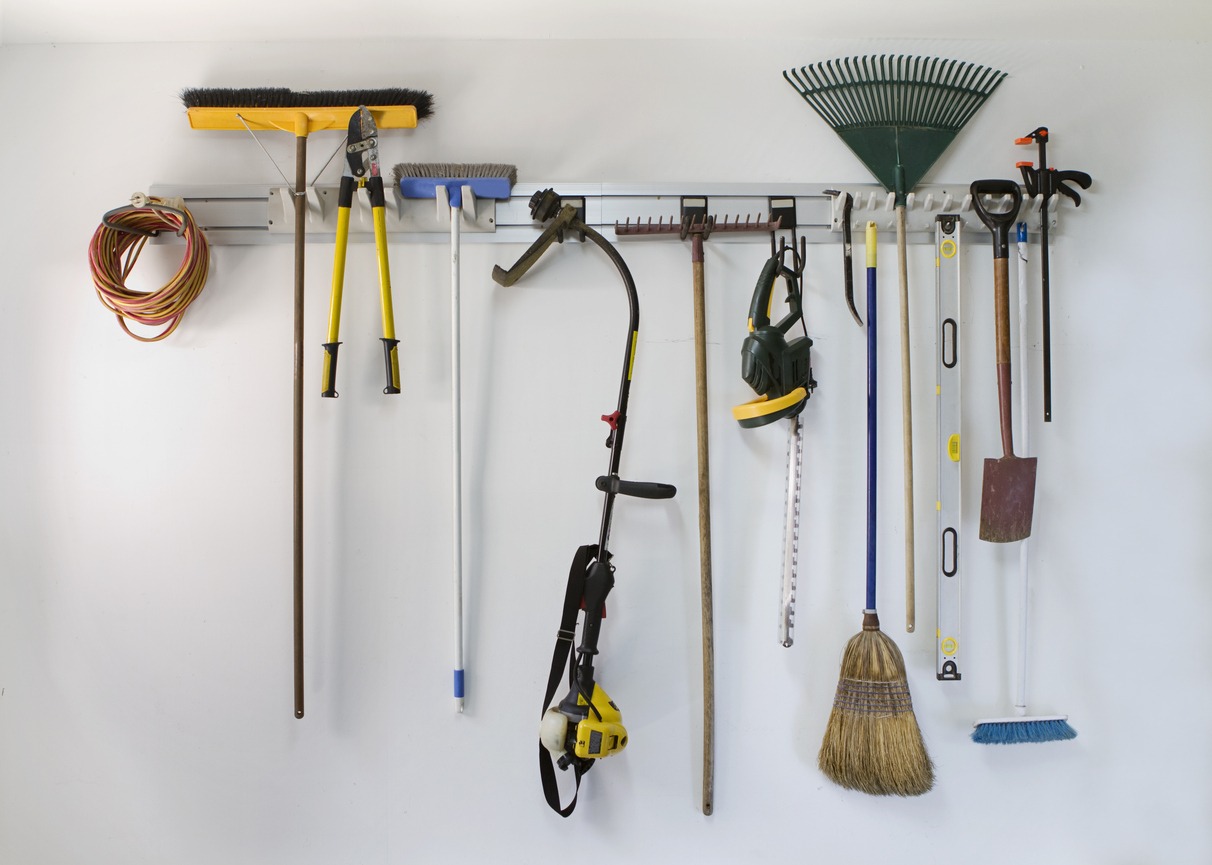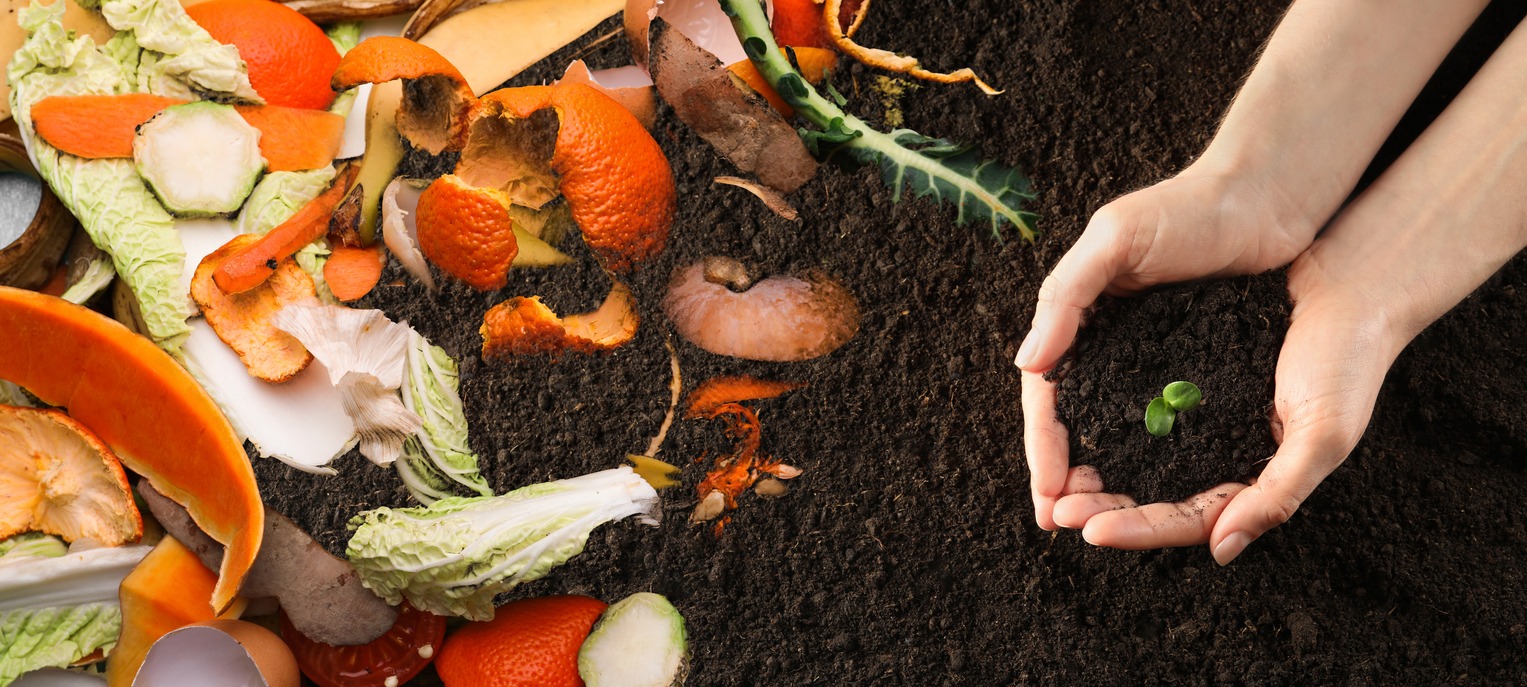Rainwater Collection 101: Sustainable Water Solutions for Your Homestead
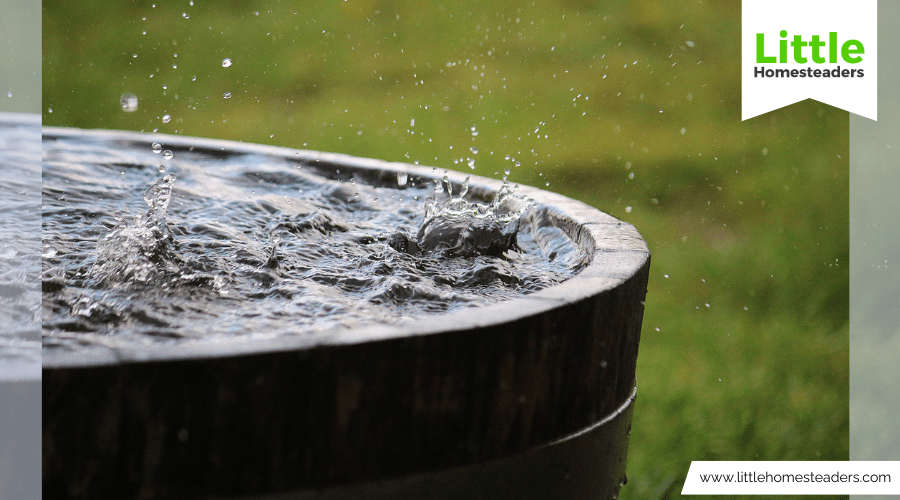
Rainwater collection is more than just a way to save money on your water bill—it's a step toward self-sufficiency, environmental sustainability, and better water management. Whether you're living on a sprawling homestead or starting small in your backyard, rainwater harvesting offers practical benefits for your home and the planet.
In this guide, we’ll cover everything you need to know about rainwater harvesting, from understanding the basics to installing and maintaining your system. By the end of this article, you’ll feel equipped and inspired to take the first step toward harnessing this sustainable water source.
Understanding Rainwater Harvesting Basics
Rainwater harvesting involves collecting and storing rainwater, typically from your roof, for later use. It’s an effective way to reduce dependence on municipal water supplies and conserve resources. The collected water is perfect for non-potable uses such as:
- Irrigation: Watering your garden or crops with rainwater is an excellent way to ensure that your plants get the natural, chemical-free hydration they need to thrive.
- Household Tasks: Use rainwater for tasks like toilet flushing, laundry, and cleaning. This approach conserves treated municipal water for drinking and cooking.
- Livestock Needs: Providing rainwater to your animals can reduce your reliance on well water or city supplies, particularly during dry seasons.
Rainwater collection systems range from simple rain barrels to complex underground cisterns. The right system for your property depends on its layout, water needs, and budget.
Benefits of Rainwater Harvesting
- Cost Savings: Over time, rainwater collection systems can significantly reduce water bills. Every gallon you collect is one less gallon you need to buy.
- Eco-Friendly: Rainwater harvesting reduces stormwater runoff, which often carries pollutants into local waterways. By collecting rainwater, you’re doing your part to protect the environment.
- Better for Plants: Unlike municipal water, which often contains chlorine and other chemicals, rainwater is pure and soft. Your garden and landscaping will flourish when irrigated with this natural resource.
The benefits of rainwater harvesting go beyond your immediate needs. They extend to your community and the environment, creating a ripple effect of positive change.
Getting Started: Key Considerations for Beginners
Before diving into the technical aspects, start by considering your goals and resources:
- Start Small: If you’re new to rainwater harvesting, begin with a simple rain barrel system. A 50- to 100-gallon barrel is affordable, easy to install, and ideal for garden irrigation. This small investment can help you get familiar with the concept before scaling up.
- Set Realistic Expectations: Understand that your collection potential depends on factors like roof size and local rainfall. While a small system may not cover all your water needs, it’s an excellent way to reduce your reliance on other sources incrementally.
- Assess Your Water Needs: Think about how you’ll use the water. For instance, will it primarily irrigate plants, or do you plan to integrate it into your home’s plumbing? Knowing your goals helps you choose the right system and storage capacity.
Assessing Your Property’s Collection Potential
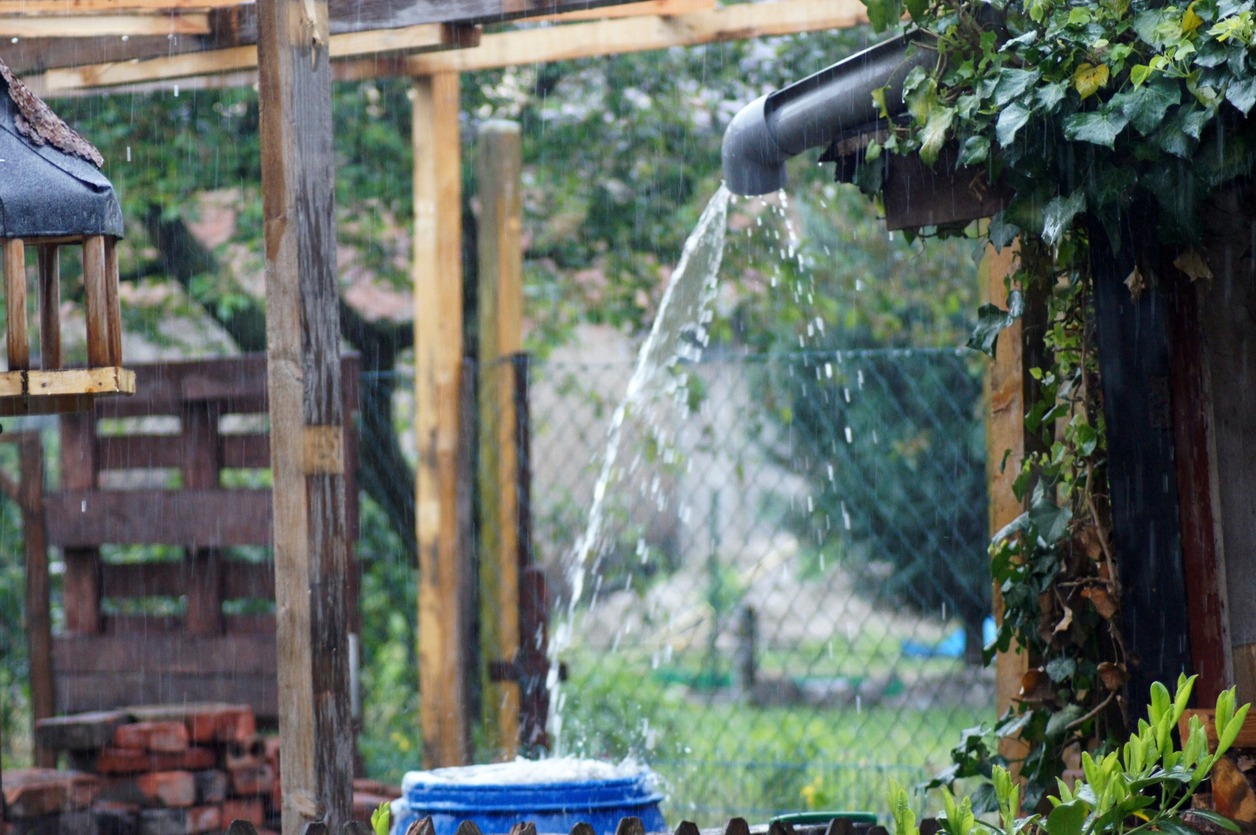
Your property’s layout and environmental conditions play a critical role in rainwater harvesting. Here’s how to evaluate your collection potential:
1. Measure Your Roof Area
Your roof serves as the main catchment surface. The larger your roof, the more rainwater you can collect. To calculate your collection potential:
- Measure your roof area in square feet. For irregularly shaped roofs, divide the space into smaller rectangles and add up the areas.
- Multiply this area by your local average rainfall (in inches). Convert the result to gallons, keeping in mind that 1 inch of rain over 1 square foot yields about 0.6 gallons of water.
For example, a 1,000-square-foot roof in an area with 20 inches of annual rainfall can collect approximately 12,000 gallons of water per year.
2. Research Local Rainfall Patterns
Look up your region’s average annual and seasonal rainfall. Keep in mind that some months may yield more rain than others. Understanding these patterns helps you plan for peak collection periods and dry spells.
3. Examine Property Topography
Identify natural water flow patterns on your property. This helps determine the best location for storage tanks and whether you’ll need pumps or gravity-fed systems.
4. Check for Obstacles
Overhanging trees can drop leaves and debris into your gutters, affecting water quality. Similarly, nearby structures may interfere with water flow. Address these obstacles by trimming trees and installing gutter guards.
By thoroughly assessing your property, you can design a system that maximizes your collection potential while minimizing maintenance challenges.
Choosing the Right Collection System
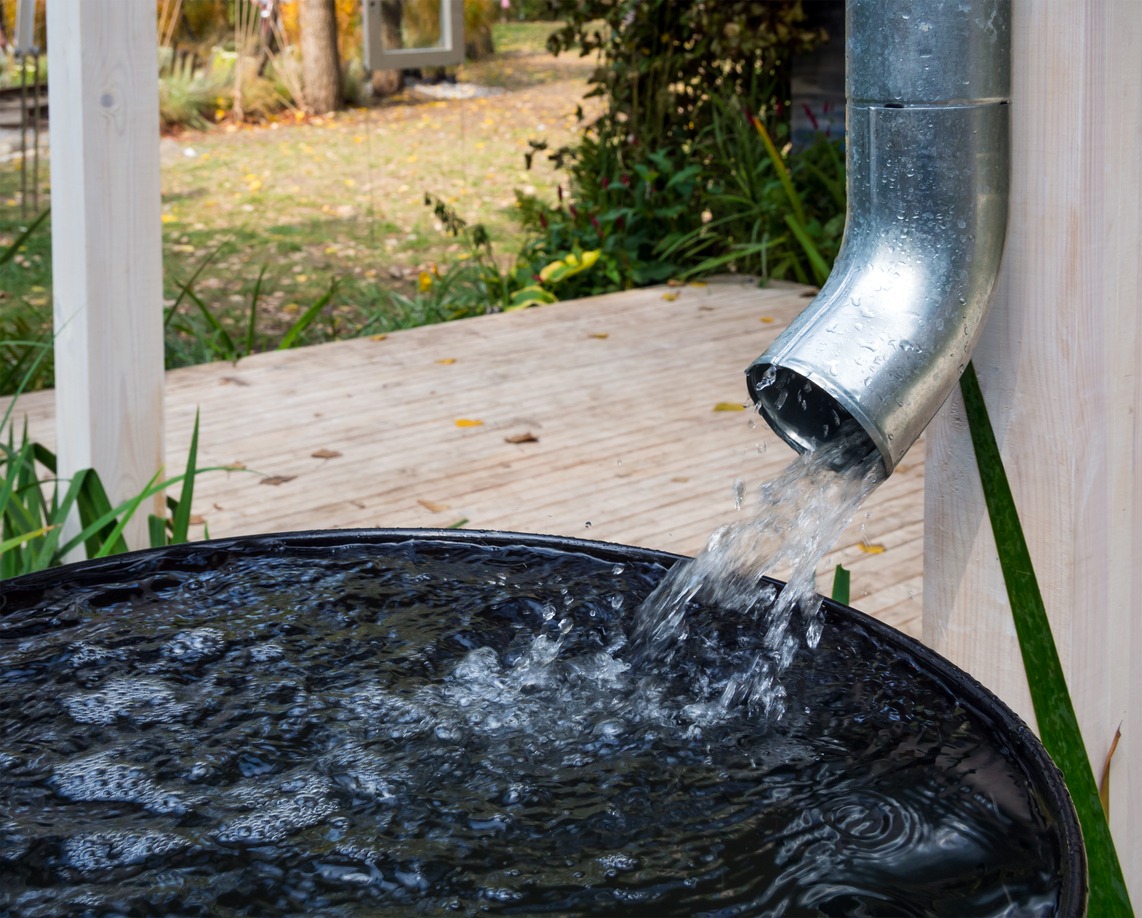
Rainwater harvesting systems come in various sizes and configurations. Selecting the right one ensures you maximize efficiency and meet your needs.
System Options:
- Rain Barrels: These are perfect for beginners and small-scale use, such as watering a garden or filling a small pond. They are affordable and easy to install, making them an excellent first step into rainwater harvesting.
- Above-Ground Tanks: These are suitable for larger volumes and can hold hundreds to thousands of gallons. Made from materials like plastic, metal, or concrete, these tanks are versatile and can be placed in accessible locations.
- Underground Cisterns: Ideal for those who need significant water storage but want to save space. While installation costs are higher, underground systems are durable and hidden from view.
Key Factors to Consider:
- Roof Size and Material: Metal and tile roofs are ideal for collecting cleaner water. Asphalt roofs may require additional filtration.
- Intended Use: Systems designed for non-potable uses, like irrigation, are simpler and less expensive than those for potable water.
- Budget: Costs vary widely, so balance your initial investment with your long-term water savings.
Essential Components and Materials
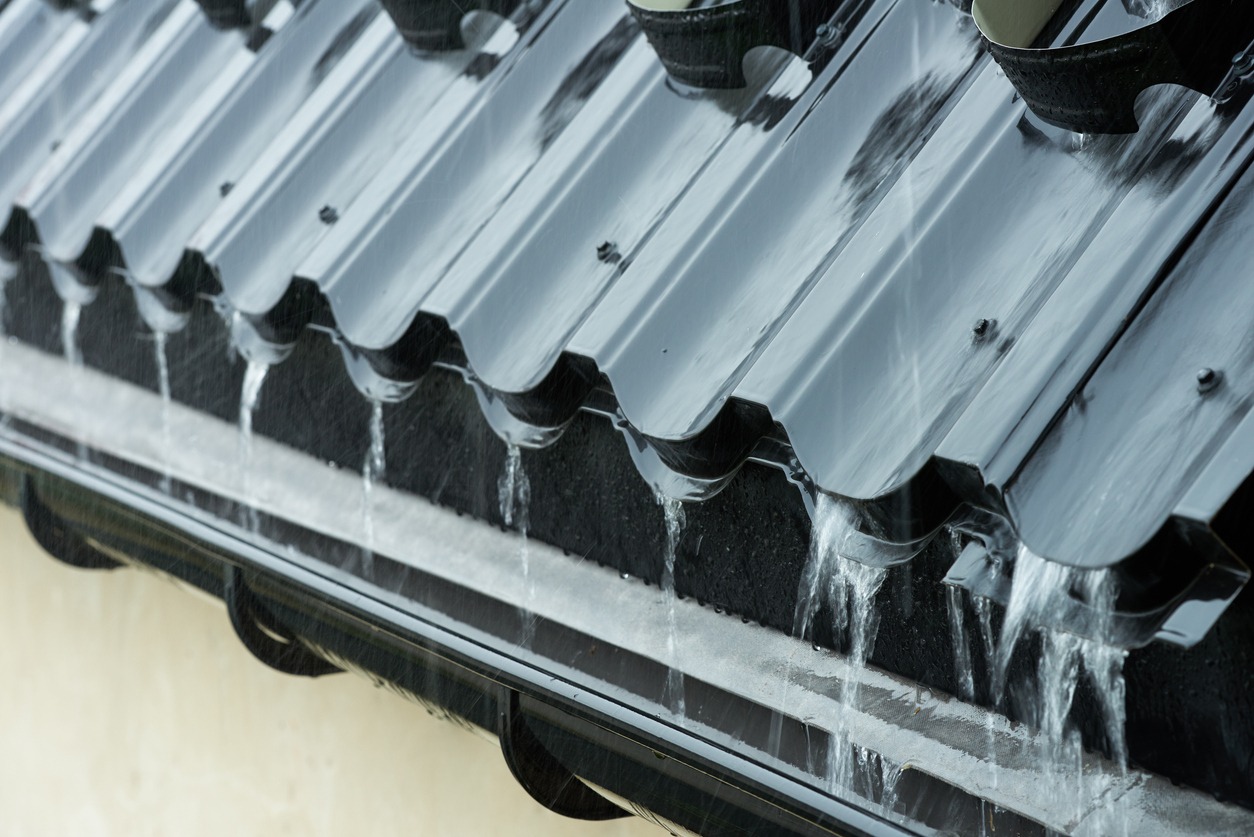
A successful rainwater harvesting system consists of several key components:
1. Catchment Surface
Your roof is the primary catchment area. Ensure it’s free of contaminants, such as mold or harmful chemical coatings, to improve water quality.
2. Gutters and Downspouts
Gutters collect rainwater and channel it into downspouts, which direct the water to your storage system. Install gutter guards to prevent leaves and debris from clogging the system.
3. Filtration Systems
- First-Flush Diverters: These devices discard the first few gallons of rainwater, which often contain the most debris.
- Sediment Filters: These remove fine particles and improve water clarity before storage.
4. Storage Tanks
Select a tank based on your water needs, climate, and budget. Larger tanks are more cost-effective for areas with high rainfall or significant water needs.
5. Distribution System
- Gravity-Fed Systems: These are simple and energy-efficient but require the tank to be elevated.
- Pumps: Pumps provide consistent water pressure and are ideal for larger systems or indoor uses.
By investing in high-quality components, you’ll ensure that your system is durable and efficient for years to come.
Installation and Setup Process
Installing a rainwater harvesting system requires careful planning and execution. Here’s a step-by-step guide:
1. Choose an Ideal Location
Select a spot with easy access to your roof’s downspouts. Consider tank size, proximity to your garden or home, and ease of maintenance.
2. Install Gutters and Downspouts
Ensure gutters are securely attached and sloped correctly for efficient water flow. Connect downspouts to your storage tank using sealed pipes or hoses.
3. Set Up Storage Tanks
Position the tank on a stable, level surface. If using above-ground tanks, secure them to prevent tipping in high winds.
4. Add Filtration and Distribution Components
Install first-flush diverters and filters to improve water quality. For larger systems, connect pumps and plumbing for water delivery.
This process can be tackled as a DIY project for smaller systems or with professional help for more complex installations.
Maintenance and Troubleshooting
Regular maintenance keeps your system running smoothly and ensures water quality:
- Clean Gutters and Filters: Remove debris regularly to prevent clogs and contamination.
- Inspect for Leaks: Check pipes, fittings, and tanks for any signs of leakage. Prompt repairs prevent water loss and system damage.
- Disinfect Storage Tanks: Prevent algae and bacteria growth with periodic cleaning. Use food-grade disinfectants or a mild bleach solution.
- Winterize Your System: In colder climates, drain pipes and protect tanks from freezing.
Proactive maintenance ensures your system remains efficient and extends its lifespan.
Practical Uses for Harvested Rainwater
Rainwater harvesting opens up numerous possibilities for sustainable water use:
- Indoor Uses: Flush toilets, wash clothes, and clean floors (non-potable systems). Integrating rainwater into your plumbing reduces your dependency on treated municipal water.
- Outdoor Applications: Water your garden, wash vehicles, or fill ponds and water features.
- Agriculture: Provide clean, chemical-free water for livestock and crops, supporting healthier animals and higher yields.
By using rainwater for these tasks, you conserve treated water and lower your environmental footprint.
Legal Considerations and Incentives
Before setting up your system, research local regulations. Some states require permits for larger systems, while others encourage rainwater harvesting with rebates and tax credits.
Common Legal Requirements:
- Registration for larger systems
- Restrictions on potable use
- Compliance with water quality standards
Understanding and adhering to these regulations ensures your system operates legally and efficiently.
Cost-Benefit Analysis of Rainwater Collection
Initial Costs:
- Rain barrels: $50–$200
- Larger tanks: $500–$5,000
- Filtration and pumps: $200–$1,000
Long-Term Savings:
- Reduced water bills: Depending on usage, rainwater systems can save hundreds annually.
- Lower maintenance costs: Gardens thrive with rainwater, reducing the need for fertilizers and chemical treatments.
- Increased property value: Eco-conscious features make your home more appealing to buyers.
Over time, the benefits of rainwater collection outweigh the initial investment, making it a smart choice for sustainable living.
Conclusion
Rainwater harvesting isn’t just about saving money; it’s about creating a sustainable future. By reducing runoff and conserving groundwater, you contribute to healthier ecosystems, lower water treatment costs, and improve water security for your community.
Take the first step today—start small, plan thoughtfully, and enjoy the benefits of harnessing nature’s gift for years to come.


